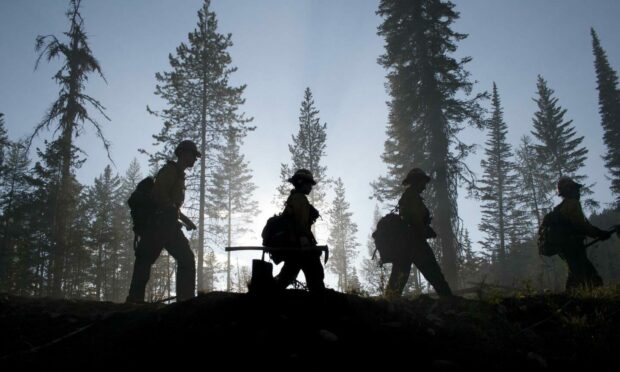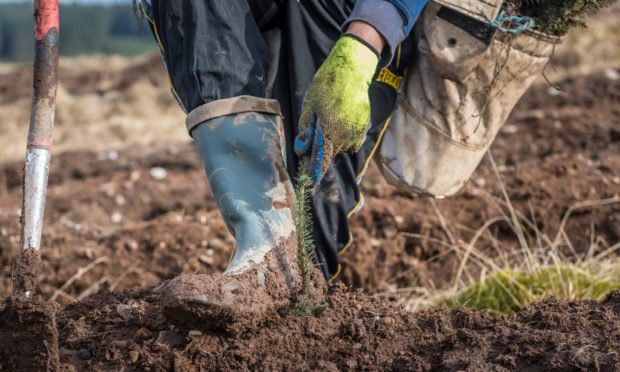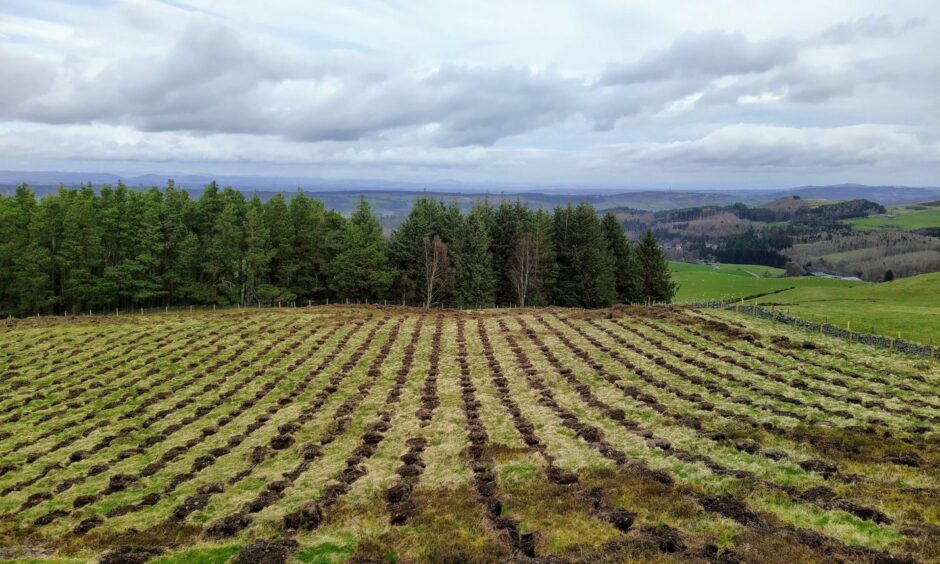Forestry is a growth industry in Scotland – in more ways than one.
The sector is increasing in size, and almost 80% of all new woodland created across the UK over the last four years has been planted in Scotland.
As one of the UK’s largest forestry management companies, Scottish Woodlands Ltd is a big part of this growth story – involved in 30% of all new woodland creation in Scotland in 2021/22.
Scottish Woodlands supports the whole process of planting and managing forests and woodlands, and harvesting timber, so our success and that of the industry go hand in hand.
But it’s not just about the trees.
As a business 80% owned by our employees, we recognised some time ago that we need to grow our own people too.
Since launching the Scottish Woodlands graduate programme in 2017, the business has taken on 43 recruits, with 10 joining this year – the largest intake to date.
This summer, new graduates arrive in Banchory and Dingwall.
At Banchory, Alison Ainslie joins a team led by Peter West, one of the first graduates to join the programme five years ago and now a senior forest manager.
Peter’s success highlights the progression that talented graduates can expect at Scottish Woodlands.
As Peter and others move through the ranks, they help build the capacity of the business, which is absolutely vital at a time when recruiting skilled people is challenging.
Forestry already employs well over 25,000 people in Scotland and brings around £1 billion into the economy every year.
Those statistics date back eight years and the current numbers will be considerably higher as the industry continues to thrive.
The Scottish Government has played a big part in this success, recognising the economic, environmental and social benefits delivered by modern forestry.
It understands the need to forge close relations between ministers, public forest bodies and the private sector – and Scottish Woodlands was delighted to welcome Environment Minister Màiri McAllan to our Knowes & Keltie planting site in Perthshire in February.
There is no better way to illustrate how an industry works than a minister seeing what is actually happening on the ground.
That visit led to an invitation to Màiri McAllan to attend our staff development day in June, where she met our graduates, to see the benefits of the career opportunities presented by forestry and wood.
Mindful of local communities
Our graduate programme has been a life-saver in terms of developing new people to take on the growing amount of varied forestry work that Scottish Woodlands carries out.
Graduates are involved in creating forest plans, woodland creation schemes, forest management and community engagement.
As a business, we are very mindful of the need to work closely with local communities when developing new woodland creation schemes.
One of our roles is to explain carefully what modern forestry looks like, and the benefits it can deliver – for climate change, biodiversity, local economies in terms of jobs and growth, flood mitigation, public access, recreation opportunities, and more.
We must not allow modern forestry to be seen through the negative lens of past mistakes.
Large blocks of one-species forestry date from the 1970s and 80s.
What is planted now is very different, and has to comply with very rigorous standards.
Modern forests are a mix of species, carefully chosen to reflect the landscape, terrain and soil types in a specific area.
In north-east Scotland, we plant lots of Scots pine and other conifers as well as Sitka spruce – commercial crops to provide the timber which the Scottish economy needs, but every scheme also contains a wide variety of broadleaf species.
It’s about understanding which trees are most suitable for which sites, and working with communities to explain the environmental, economic and social benefits they can deliver.
Keeping busy across forestry
Currently, we are very busy in the north and north-east of Scotland, working from our offices in Banchory, Dingwall, Fohabers and Fort William.
We moved to our new office in the Banchory Business Centre this year to reflect the significant woodland creation happening across the north, especially in Aberdeenshire and Moray.
Things were already busy and we‘ve increased our business since we moved in.
We’re working across the full forestry spectrum, with farmers, land and estate owners, and investors.
There are still mixed views across the farming community about forestry, but we see more farmers looking to diversify by planting shelter-belts of trees for their livestock, or bringing together existing patches of woodland.
Others want to sell their farm, usually when no-one in the family wants to take it on, and planting a proportion of it with trees can be a good option.
However, we’re not in the business of planting on good farmland.
That makes no sense from a land use perspective.
But there are lots of areas of poorer quality land where forestry, or a mixture of farming and forestry, is the right choice.
Ultimately, when it comes to getting trees into the ground, it’s about people – and Scottish Woodlands’ focus will remain firmly on providing excellent service to our clients and great opportunities for our employees to thrive in this vibrant growth industry.
Neil Crookston is regional manager for the north at Scottish Woodlands Ltd.



Conversation